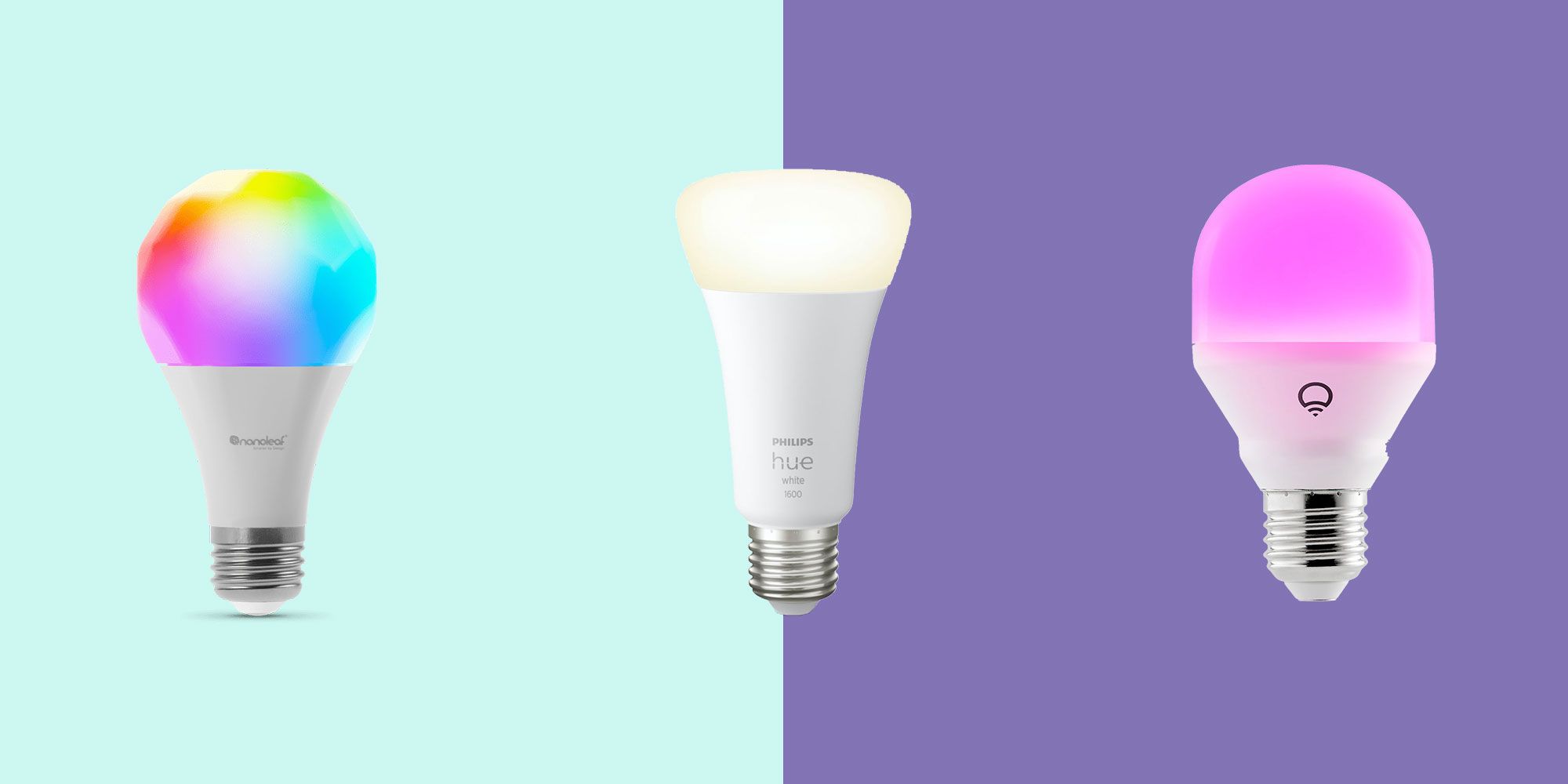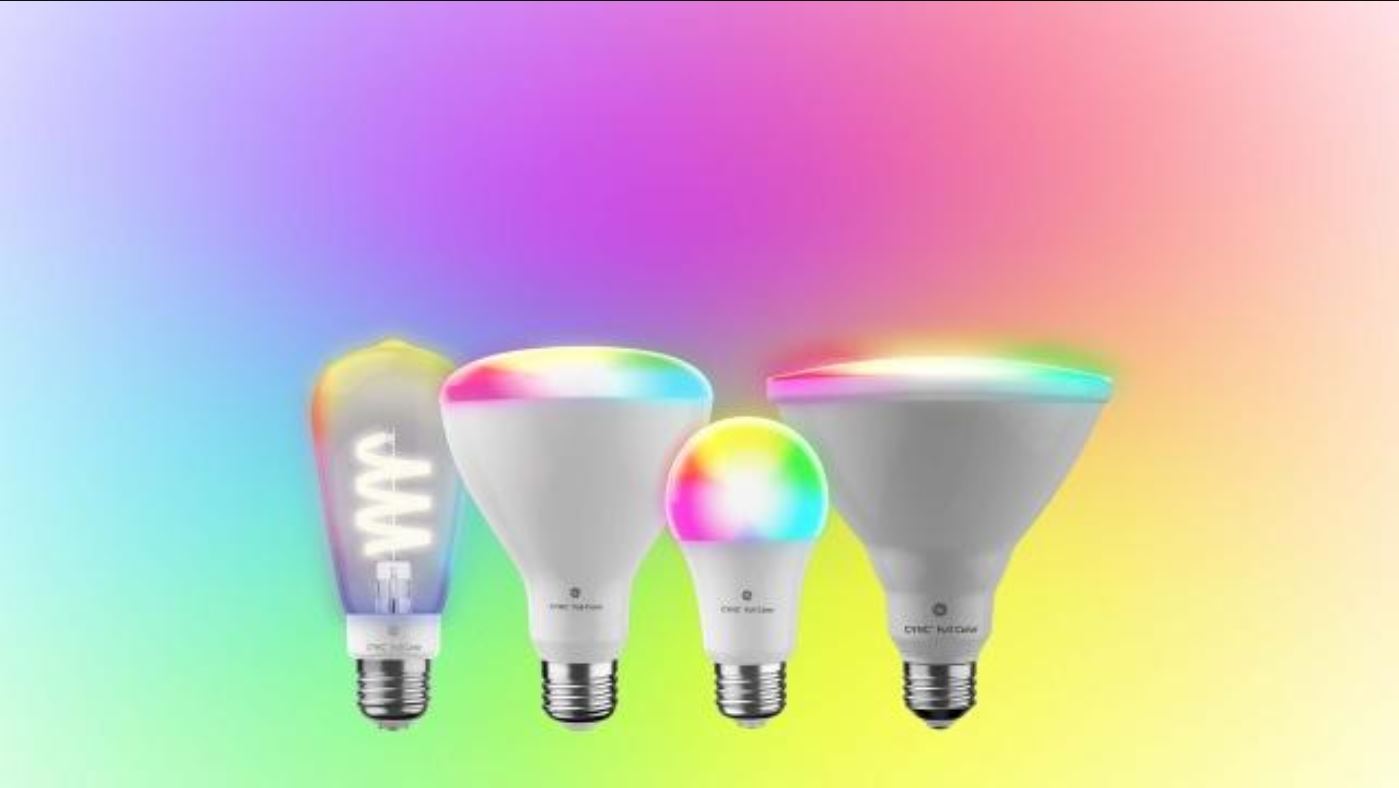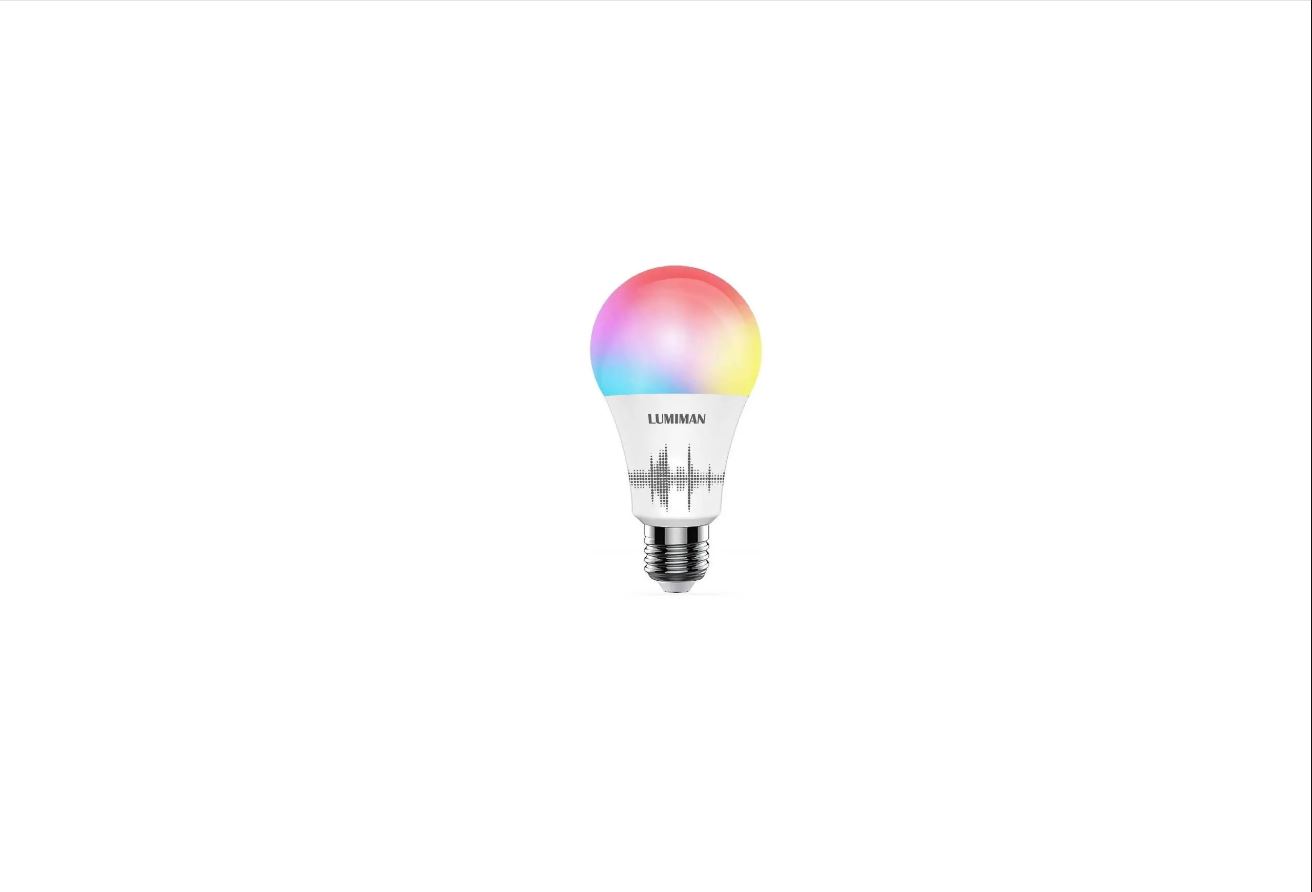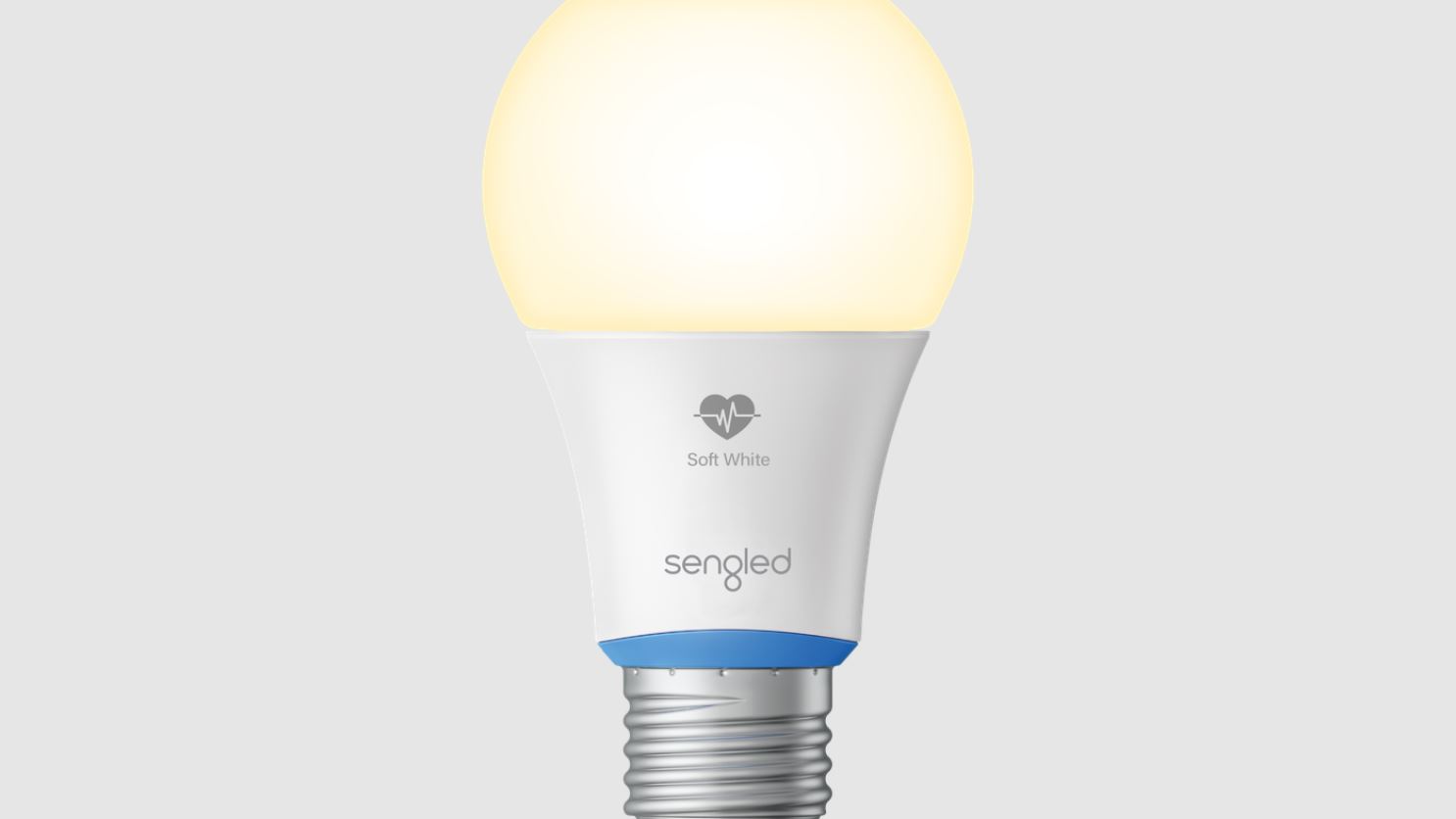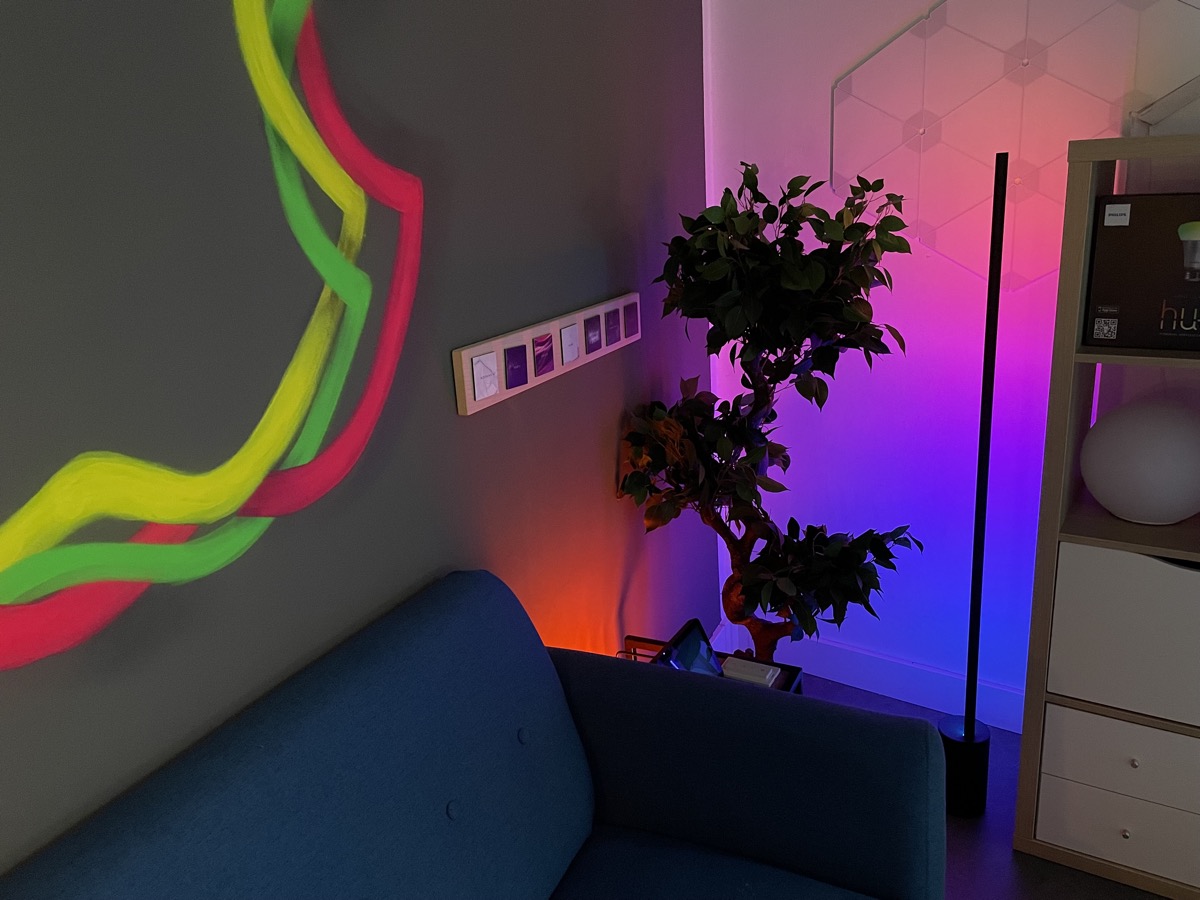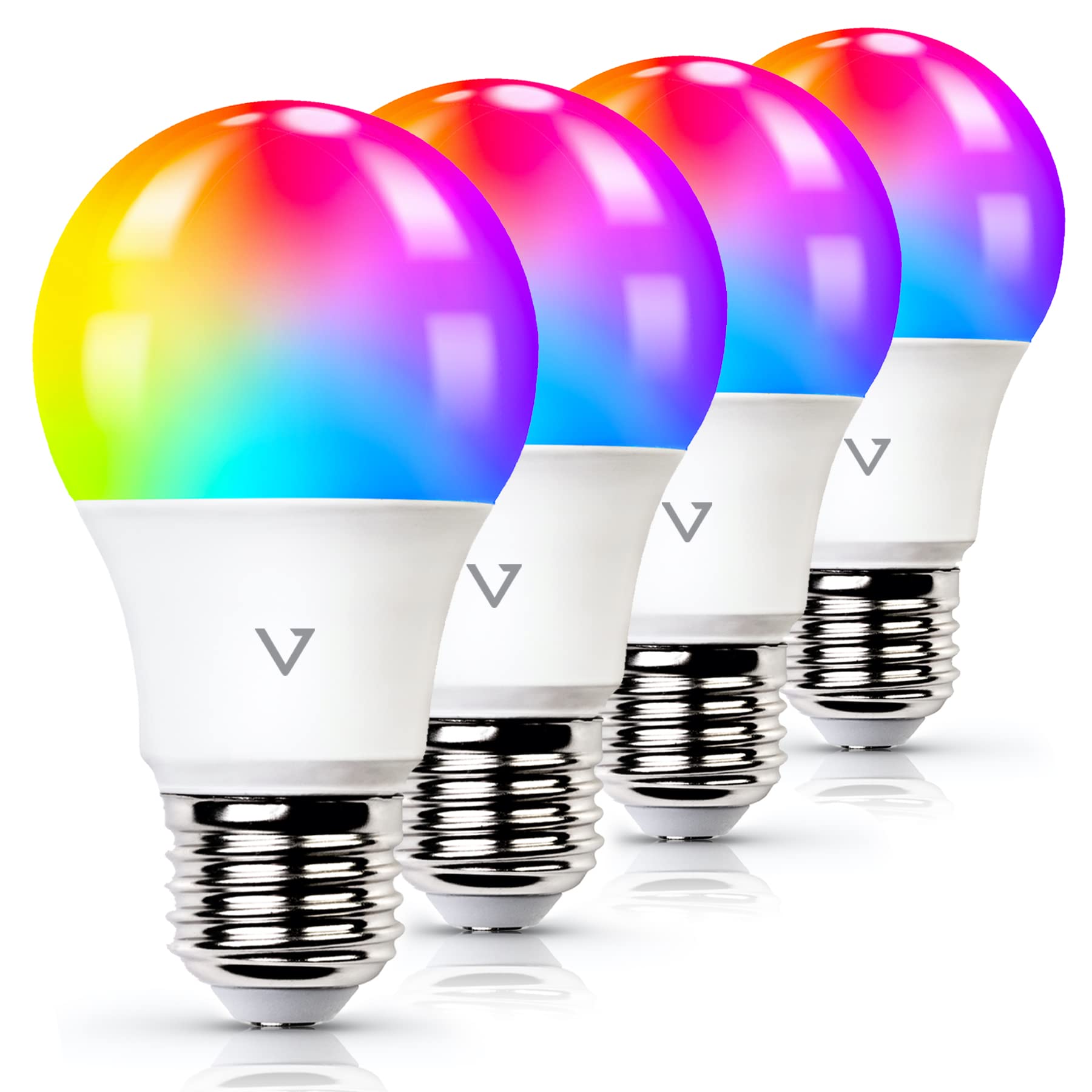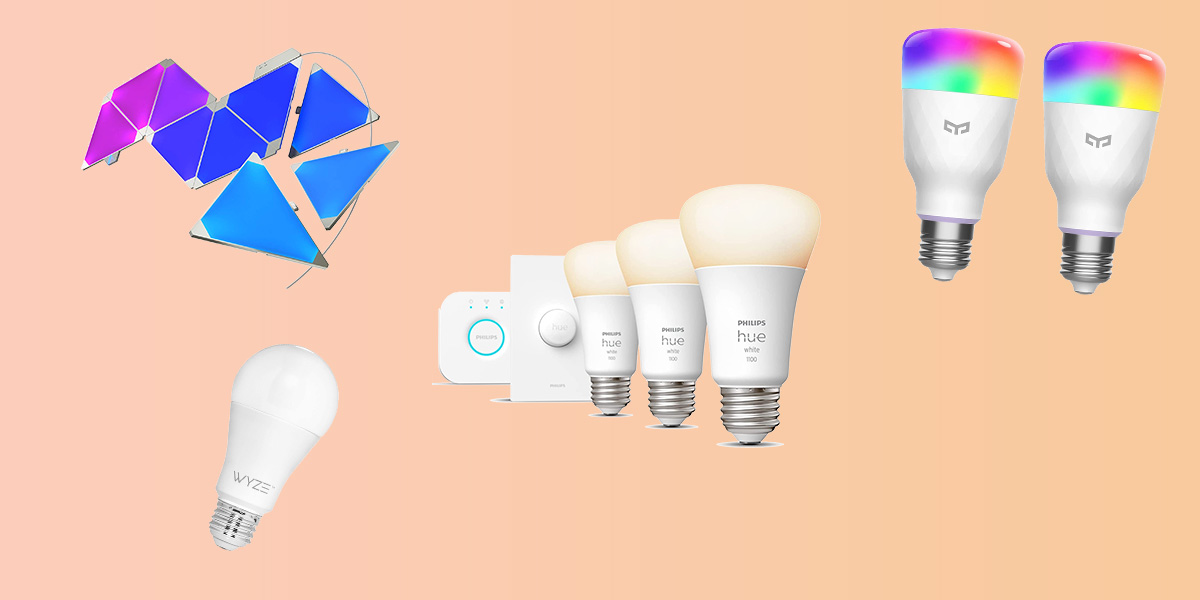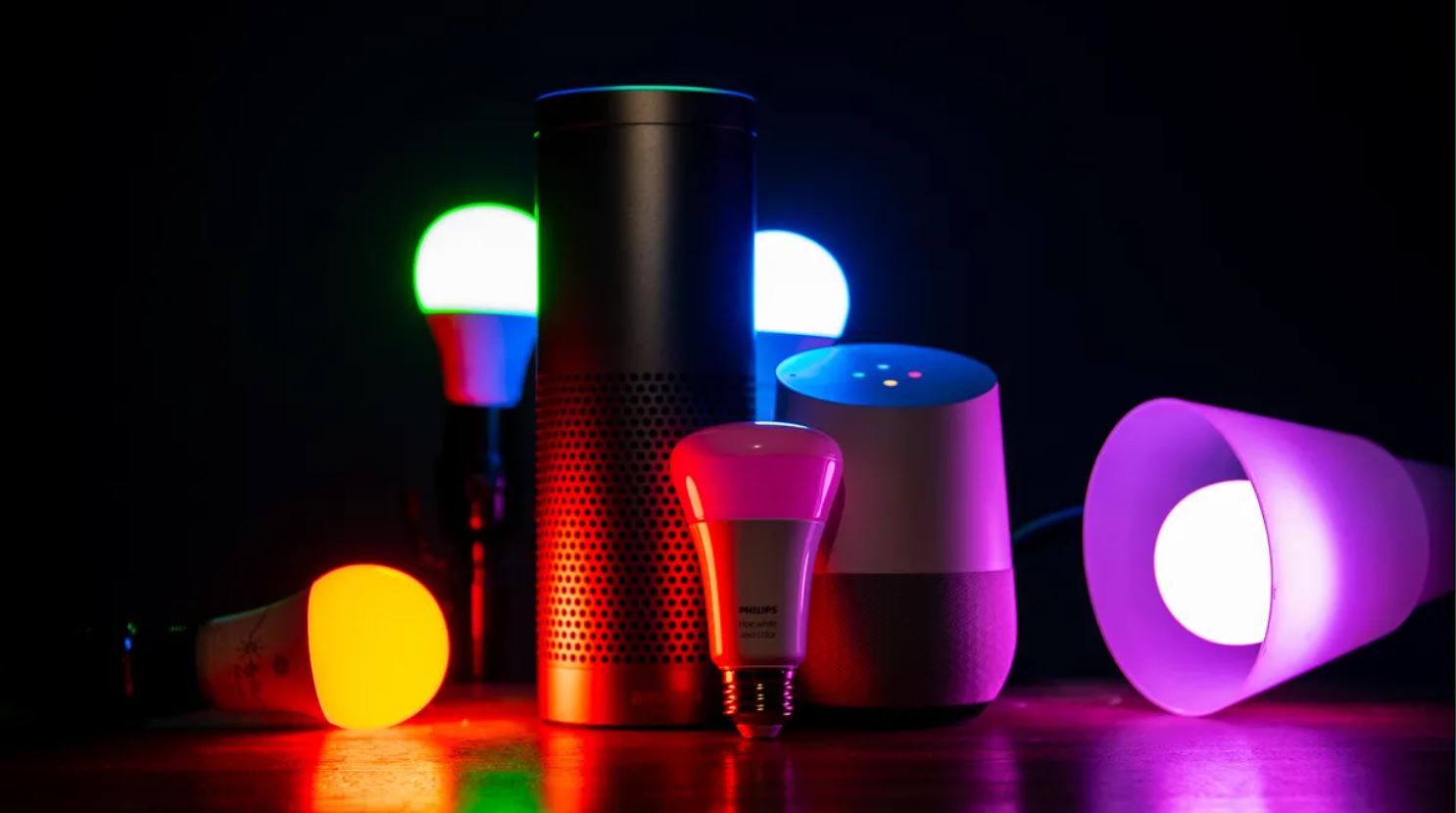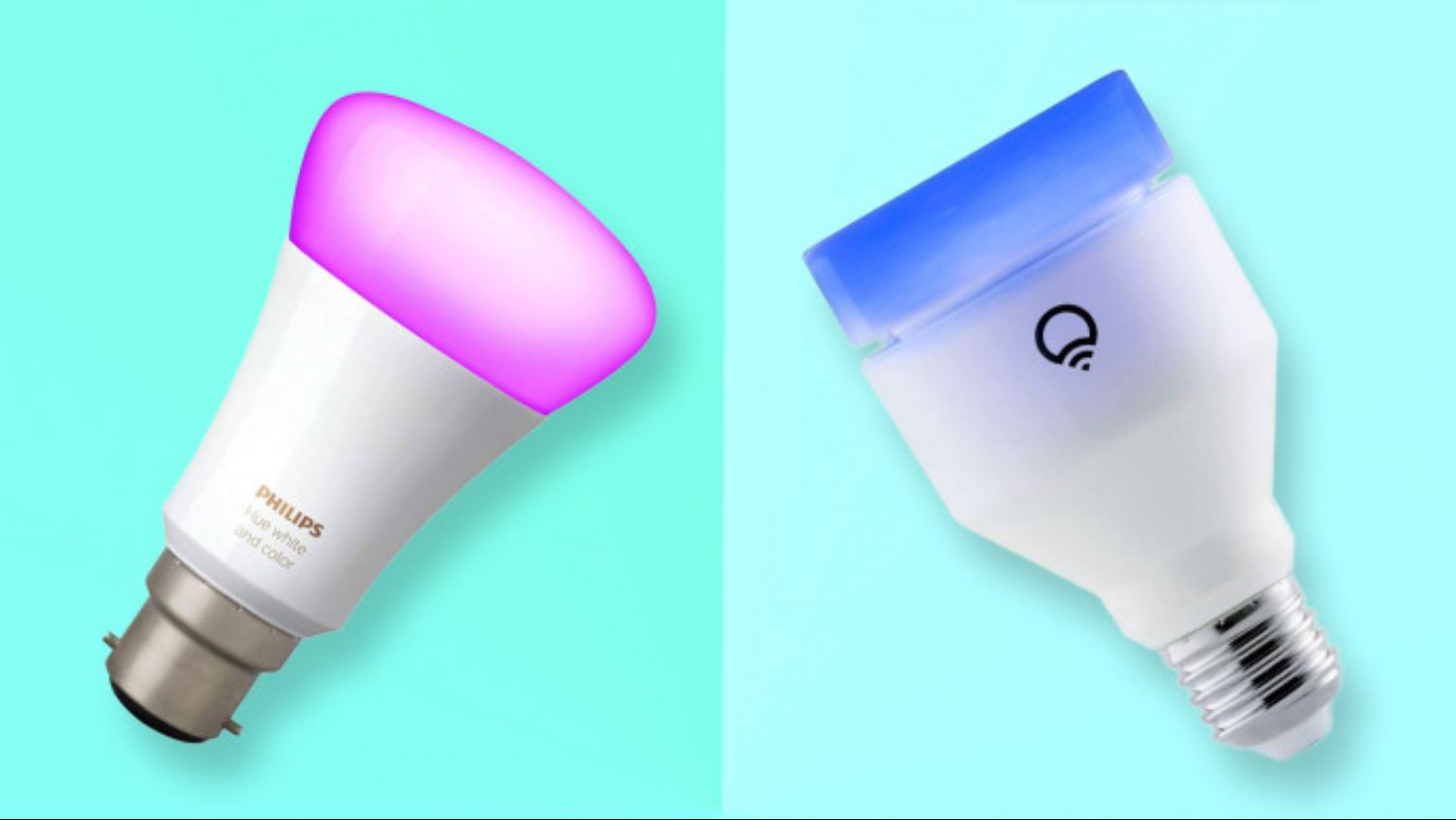Introduction
Smart light bulbs have revolutionized the way we light our homes, offering a level of control and convenience like never before. With their advanced technology and connectivity, these bulbs are transforming the traditional lighting experience into a personalized and interactive one. Whether you’re looking to create a cozy ambiance or enhance your home security, smart light bulbs offer a range of features to suit your needs. In this article, we will explore how smart light bulbs work and the benefits they bring to your everyday life.
Smart light bulbs, also known as connected or Wi-Fi-enabled bulbs, are light bulbs that can be controlled remotely, typically through a smartphone or a voice-activated assistant. Unlike conventional light bulbs, they do not require any additional wiring or installation. Instead, they connect directly to your home’s Wi-Fi network, allowing you to control them from anywhere in the world, as long as you have an internet connection. This level of convenience and flexibility makes smart light bulbs a popular choice among homeowners.
Now that you have a brief understanding of what smart light bulbs are, let’s delve into the fascinating world of their functionality. Understanding how they work will help you make an informed decision when it comes to integrating them into your home.
What are smart light bulbs?
Smart light bulbs are a type of lighting technology that offers advanced features and connectivity options beyond traditional incandescent or LED bulbs. These bulbs are equipped with built-in Wi-Fi or Bluetooth capabilities, allowing them to connect to your home network and be controlled remotely. They are designed to be compatible with various home automation systems, making it easy to integrate them into your existing smart home setup.
One of the key features of smart light bulbs is their ability to be controlled wirelessly. This means that you can turn them on or off, adjust their brightness, and even change their color using a smartphone app or a voice-activated assistant like Amazon Alexa or Google Assistant. This level of control gives you the freedom to personalize your lighting experience according to your mood or activity.
Smart light bulbs also offer scheduling and automation options, allowing you to set up timers or routines to automatically control your lights. For example, you can schedule your lights to turn on gradually in the morning to simulate sunrise, or you can program them to turn on and off at specific times to give the illusion of someone being home while you’re away. This not only adds convenience but also enhances home security.
Another feature that sets smart light bulbs apart is their ability to change colors. Unlike traditional bulbs that emit a fixed white or yellow light, smart bulbs can produce a spectrum of colors, ranging from warm oranges and yellows to cool blues and purples. This feature allows you to set the mood for different occasions, whether it’s a romantic dinner, a movie night, or a party.
Additionally, smart light bulbs often come with dimming capabilities, allowing you to adjust the brightness of the bulb to your preference. This is particularly useful for creating a cozy ambiance or providing task lighting in specific areas of your home.
In summary, smart light bulbs offer advanced features and connectivity options beyond conventional lighting options. Their wireless control, scheduling capabilities, color-changing abilities, and dimming options make them a versatile and convenient choice for illuminating your home.
How do smart light bulbs work?
Smart light bulbs use a combination of technology, including Wi-Fi or Bluetooth connectivity, to enable remote control and automation. Here’s a breakdown of how these bulbs work:
1. Connectivity: Smart light bulbs connect to your home’s Wi-Fi network or pair with a smartphone or home automation hub using Bluetooth. This connection allows you to control the bulbs from your smartphone or through voice commands using a compatible virtual assistant.
2. Smart Hub: Some smart light bulbs require a separate smart hub, which acts as a central control unit for all your smart devices. The hub allows you to manage multiple smart bulbs and other compatible devices through a single app or voice command.
3. Smartphone App: Smart light bulbs come with their dedicated smartphone apps, which enable you to control and customize various settings. These apps usually provide features such as on/off control, dimming options, color selection, and scheduling capabilities.
4. Voice Control: Smart light bulbs often integrate with popular virtual assistant platforms like Amazon Alexa, Google Assistant, or Apple HomeKit. This integration allows you to control the bulbs using voice commands, making it even more convenient to adjust the lighting in your home.
5. Automation and Scheduling: Smart light bulbs offer advanced automation features. You can set up schedules to turn the lights on or off at specific times or create routines that coordinate multiple smart devices to work together. For example, you can program the lights to turn on automatically when you arrive home or dim gradually in the evening to signal bedtime.
6. Color and Dimming Options: Many smart light bulbs have color-changing capabilities, allowing you to choose from a wide spectrum of colors to suit your mood or preferences. Additionally, these bulbs often offer dimming options, enabling you to adjust the brightness to create the desired atmosphere in your living space.
7. Energy Efficiency: Smart light bulbs are designed to be energy-efficient. They use LED technology, which consumes less electricity compared to traditional incandescent bulbs while providing equivalent or better illumination. Some smart bulbs even offer energy monitoring features, allowing you to track and optimize your energy usage.
In essence, smart light bulbs use wireless connectivity, smartphone apps, voice control, and automation features to provide you with convenient and customizable lighting options for your home.
Setting up smart light bulbs
Setting up smart light bulbs is relatively straightforward and typically involves the following steps:
1. Check compatibility: Before purchasing smart light bulbs, ensure they are compatible with your existing home automation system or smartphone. Different brands may require specific hubs or apps, so it’s essential to choose bulbs that work seamlessly with your setup.
2. Install the bulbs: Begin by replacing your existing bulbs with the smart light bulbs in the desired fixtures. Make sure the power is switched off before removing or installing any bulbs for safety.
3. Connect to Wi-Fi or hub: Follow the manufacturer’s instructions to connect the smart bulbs either directly to your home’s Wi-Fi network or to a designated smart hub. This step may involve creating an account, scanning QR codes, or using the app to initiate the pairing process.
4. Sync with the smartphone app: Download and install the dedicated smartphone app for the smart bulbs. Open the app and follow the instructions to connect and sync it with the bulbs. This step usually involves entering your Wi-Fi network details or scanning a code provided with the bulbs.
5. Test the connection: Once the setup is complete, test the connection between the app and the smart bulbs. Turn the bulbs on and off, adjust their brightness and color (if applicable), and ensure that the commands are successfully transmitted and executed.
6. Personalize settings: Take some time to explore the app’s settings and customize the smart bulbs according to your preferences. This may include creating schedules, setting up automated routines, or integrating with voice control platforms like Alexa or Google Assistant.
7. Expand your smart lighting system: If desired, you can add more smart light bulbs to your network and repeat the setup process. Many smart lighting systems allow you to control multiple bulbs or create groups for simultaneous control.
It’s worth noting that the setup process may vary slightly depending on the brand and model of the smart light bulbs you choose. Always refer to the manufacturer’s instructions for detailed guidance specific to your bulbs.
With your smart light bulbs successfully set up, you can now enjoy the convenience and versatility they offer. Control your lighting from anywhere, create personalized schedules, and transform the ambiance of your home with ease.
Controlling smart light bulbs with an app
One of the key advantages of using smart light bulbs is the ability to control them conveniently through a dedicated smartphone app. These apps provide a user-friendly interface that allows you to manage and customize your lighting preferences. Here’s an overview of how you can control smart light bulbs using an app:
1. Download and install the app: Start by downloading the app provided by the manufacturer of your smart light bulbs. These apps are typically available for both iOS and Android devices, and you can find them on the respective app stores.
2. Connect to your smart bulbs: Open the app and follow the instructions to connect it to your smart light bulbs. This usually involves going to the settings section of the app and selecting “Add new device” or a similar option. Make sure your smartphone is connected to the same Wi-Fi network as your smart bulbs.
3. Pairing process: The app will guide you through the pairing process, which may require you to scan a barcode or input a unique code provided with your smart light bulbs. Once the app recognizes the bulbs, they will be added to your device’s list of controllable devices.
4. Controlling the bulbs: Once the initial setup is complete, you can begin controlling your smart light bulbs using the app. The app interface typically includes options to turn the lights on or off, adjust brightness levels, and change colors (if your bulbs have color-changing capabilities).
5. Customizing settings: Many smart light bulb apps offer a range of customization options. You can create presets for different lighting scenes, such as “Movie Night” or “Relaxation Mode,” which will automatically adjust the lights to your preferred settings with a single tap. Additionally, you can set up schedules to turn the lights on or off at specific times or create routines that coordinate the lights with other smart devices in your home.
6. Voice control integration: If your smart light bulb app supports voice control platforms like Amazon Alexa or Google Assistant, you can also enable voice commands. This allows you to control your lights with simple voice prompts, such as “Turn on the bedroom lights” or “Set the living room lights to blue.”
7. Remote access: One of the standout features of smart light bulb apps is the ability to control your lights remotely. As long as your smartphone has an active internet connection, you can manage your smart bulbs from anywhere in the world, providing convenience and peace of mind.
Controlling smart light bulbs with an app gives you complete flexibility and control over your home’s lighting. Whether you want to set the mood for a party, dim the lights for a cozy evening, or turn them on and off from afar for added security, the app puts lighting control right at your fingertips.
Additional features offered by smart light bulbs
Smart light bulbs offer a wide range of additional features that go beyond basic lighting functions. These features enhance convenience, energy efficiency, and the overall lighting experience. Here are some of the additional features commonly found in smart light bulbs:
1. Motion detection: Some smart light bulbs come with built-in motion sensors. These sensors can detect movement in the room and automatically turn the lights on or off accordingly. This feature is particularly useful in areas like hallways, bathrooms, or closets where you may not want to manually control the lights.
2. Geolocation: Smart light bulbs with geolocation capabilities can detect your smartphone’s location and adjust the lighting accordingly. For example, when you leave home, the bulbs will automatically turn off, and when you return, they will turn on. This feature eliminates the need for manual control and ensures that your lights are only on when needed, saving energy and reducing utility costs.
3. Music synchronization: Some smart light bulbs can sync with music or sound systems to create a dynamic lighting experience. The bulbs change color and brightness in response to the rhythm and tempo of the music, adding an exciting visual element to your entertainment setup.
4. Sunrise and sunset simulation: Smart light bulbs can mimic the natural transition of daylight by gradually increasing or decreasing the brightness based on the time of day. This feature is especially helpful for waking up gently in the morning or winding down before bed.
5. Sleep routines: To promote healthy sleep patterns, some smart light bulb systems offer sleep routines that gradually dim the lights over a specific period. This simulated sunset helps to prepare your body for sleep and signals that it’s time to relax and unwind.
6. Energy monitoring: Many smart light bulbs provide energy monitoring features that allow you to track your energy consumption and identify opportunities for energy-saving. You can monitor usage patterns, set energy-saving goals, and make adjustments to optimize lighting efficiency.
7. Integration with other smart devices: Smart light bulbs can integrate with other smart devices in your home. This enables seamless automation and coordination between different systems. For example, your lights can synchronize with your smart thermostat, security cameras, or door sensors to create a more comprehensive and efficient smart home setup.
With these additional features, smart light bulbs offer not only enhanced lighting control but also added convenience, energy efficiency, and customization options. These features allow you to create a lighting experience tailored to your needs and preferences, making your home more comfortable and efficient.
Benefits of using smart light bulbs
Using smart light bulbs offers a multitude of benefits that go beyond traditional lighting options. Here are some of the key advantages of incorporating smart light bulbs into your home:
1. Convenience: The ability to control your lights remotely through a smartphone app or voice commands brings unparalleled convenience. You can turn the lights on or off, adjust brightness levels, and even change colors with just a few taps or voice prompts, eliminating the need for traditional wall switches.
2. Energy efficiency: Smart light bulbs are designed to be energy-efficient, consuming less electricity than traditional incandescent bulbs. LED technology, common in smart bulbs, provides ample brightness while using a fraction of the energy. Additionally, features like motion detection and scheduling help optimize energy usage by ensuring that lights are only active when necessary.
3. Personalization: Smart light bulbs allow you to personalize your lighting experience. With color-changing options, you can create different moods and atmospheres to suit various activities or occasions. Whether it’s dimming the lights for a cozy movie night or setting vibrant colors for a party, smart bulbs offer flexibility to match your preferences.
4. Automation and scheduling: The ability to automate your lighting with smart bulbs brings added convenience and energy savings. You can schedule your lights to turn on and off at specific times or create routines that coordinate with your daily activities. This can simulate occupancy when you’re away from home, thereby enhancing security and deterring potential intruders.
5. Improved home security: Smart light bulbs contribute to home security by allowing you to control the lighting remotely. You can turn the lights on or off to give the impression that someone is home even when you’re away. This can help deter burglars and provide peace of mind.
6. Integration with smart home systems: Smart light bulbs seamlessly integrate with other smart home devices and systems. They can work in sync with motion sensors, security cameras, or voice-activated assistants to create a comprehensive smart home setup. This integration enables you to control multiple aspects of your home through a single interface, making your life easier and more efficient.
7. Longevity and cost savings: Smart light bulbs are often built to last for an extended period, reducing the frequency of bulb replacements. While smart bulbs may have a higher upfront cost, their long lifespan translates into cost savings in the long run.
By combining convenience, energy efficiency, personalization, and enhanced security, smart light bulbs offer a range of benefits that significantly improve your lighting experience. Whether you’re looking to add convenience to your daily routines, save energy, or create a personalized ambiance, smart light bulbs are an excellent investment for your home.
Choosing the right smart light bulb for your needs
With the wide variety of smart light bulbs available on the market, choosing the right one for your specific needs can be overwhelming. Here are a few factors to consider when selecting a smart light bulb:
1. Compatibility: Ensure that the smart light bulb you choose is compatible with your existing home automation system or voice control platform. Some bulbs require a specific smart hub or app for integration, so make sure it aligns with your ecosystem.
2. Bulb type: Smart light bulbs come in various types, including standard bulbs, floodlights, and decorative bulbs. Consider the purpose and location where you intend to use the bulbs to determine the appropriate type and fit.
3. Color options: If color-changing capabilities are important to you, opt for a smart bulb that offers a wide range of color options. Some bulbs only offer shades of white, while others provide a full spectrum of colors to suit your mood and preferences.
4. Brightness and dimming: Check the brightness level and dimming capabilities of the smart bulbs. Look for bulbs that offer sufficient brightness for your needs and the ability to adjust the intensity to create the desired ambiance in different settings.
5. Energy efficiency: Consider the energy efficiency rating of the smart light bulb. Look for bulbs that are labeled with high efficiency, such as ENERGY STAR certification, as they will consume less energy and help reduce your utility bills.
6. Additional features: Evaluate any additional features offered by the smart light bulbs, such as motion detection, sunrise/sunset simulation, or music synchronization. Assess whether these features align with your specific requirements and preferences.
7. Price and budget: Consider your budget and the overall cost of the smart light bulbs. While some bulbs may have a higher upfront cost, they may offer longer lifespan, energy savings, and additional features that justify the investment.
8. User reviews and ratings: Research and read reviews from other customers who have used the smart light bulbs you are considering. This can provide valuable insight into the reliability, performance, and customer satisfaction associated with specific brands and models.
By taking these factors into account, you can select the right smart light bulb that meets your specific needs and preferences. Remember to evaluate product specifications and read reviews to make an informed decision.
Conclusion
Smart light bulbs have truly revolutionized the way we illuminate our homes, offering convenience, customization, energy efficiency, and enhanced control. With the ability to adjust lighting settings remotely through smartphone apps or voice commands, these bulbs provide unparalleled convenience and flexibility. Whether you want to create the perfect ambiance for a cozy evening, enhance home security, or simply have full control over your lighting, smart light bulbs offer a wide range of features and benefits.
From scheduling and automation to color-changing options and energy monitoring, smart light bulbs bring a new level of personalization and efficiency to home lighting. They integrate seamlessly with other smart devices, making it easy to create a comprehensive smart home ecosystem that adds convenience and enhances your daily life.
When choosing smart light bulbs, consider factors such as compatibility, bulb type, color options, brightness, additional features, and energy efficiency. Evaluate your specific needs and preferences to select the bulbs that best suit your requirements.
As technology continues to advance, the possibilities for smart light bulbs will only expand further. The future of lighting is smart, and embracing this technology can greatly enhance your home lighting experience.
So, whether you’re looking to add convenience, create ambiance, or save energy, smart light bulbs are a worthwhile investment for any modern home.







